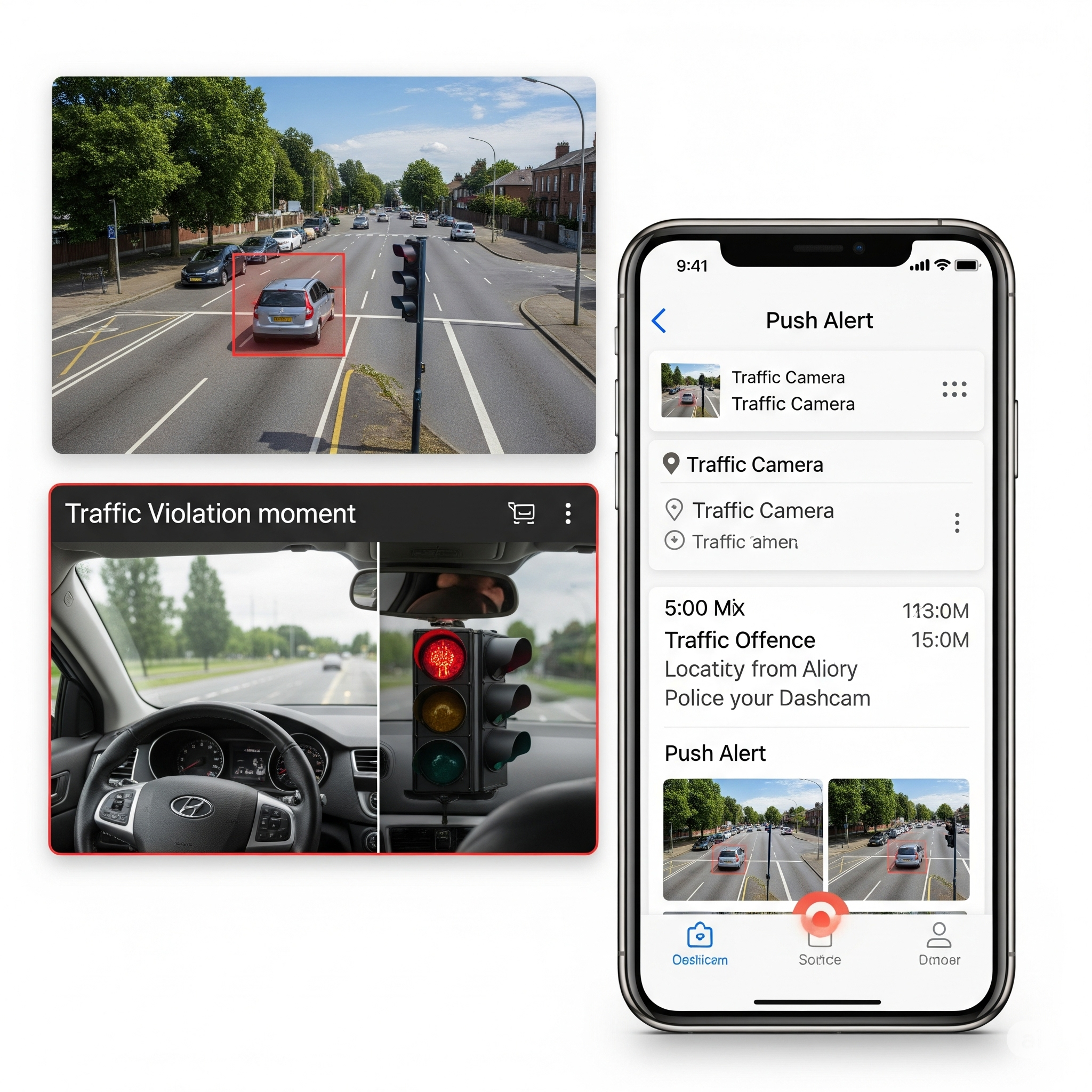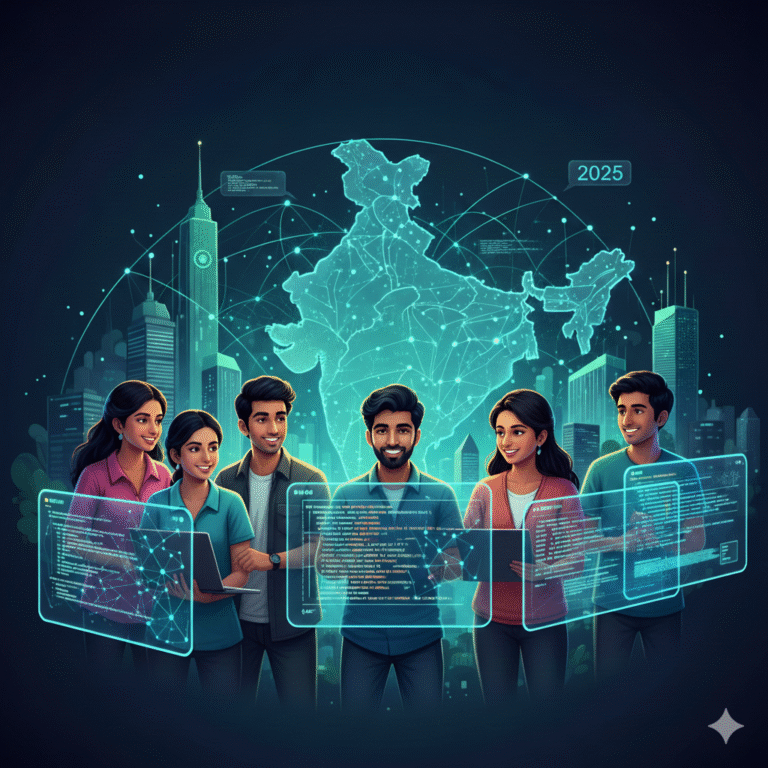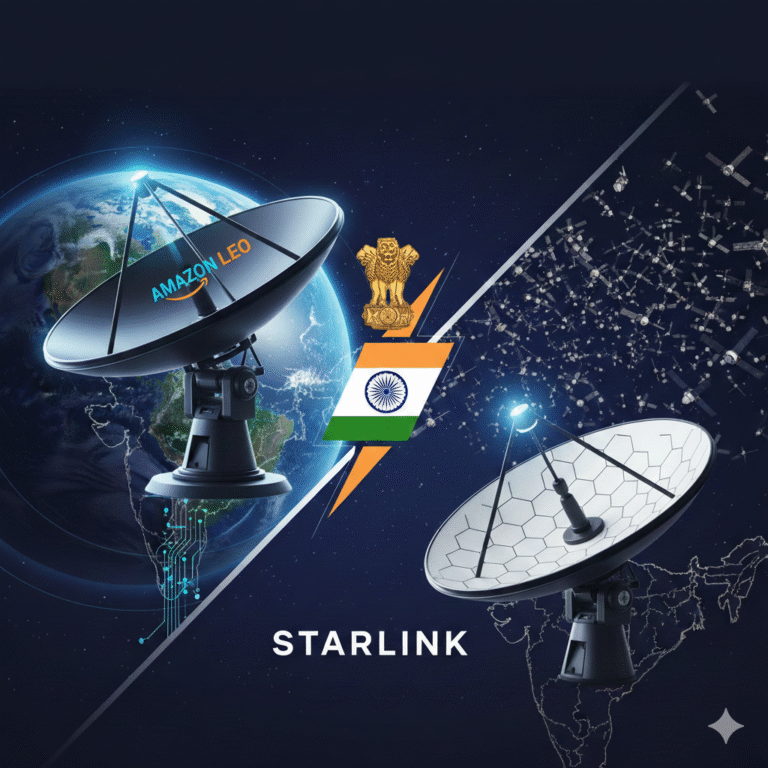India’s dream of AI-optimised smart cities is tantalizingly close, yet stubbornly out of reach. In prominent metros like Bangalore, Pune, Surat, Visakhapatnam, and Nagpur, AI pilot projects have already proven their worth—curbing gridlock, catching traffic violations, and powering real-time dashboards for urban planners and police. But why are these successes still exceptions, not the rule? This blog explores the story behind the pilots, the barriers to city-wide impact, and what it’ll take to deploy next-gen urban intelligence everywhere. AIM
India’s Smart City Pilots: What’s Already Working?
Traffic Management
- Bangalore: AI-based adaptive traffic signals trim average wait times, divert cars dynamically, and automatically detect violations.
- Pune & Nagpur: Intelligent video analytics map peak congestion, stream real-time feeds to police, and trigger alerts to commuters.
- Surat & Vizag: Smart corridors use AI to optimize signal timing, reduce fuel wastage, and offer dashboarded data to municipal bodies.
Public Safety
- CCTV grids powered by AI spot accidents, crimes, and crowd build-ups—reducing police response times.
- Predictive policing pilots aim to forecast hotspots or risky areas based on incident data.
Environmental Resilience
- Sensor networks track air quality, noise, and flood risks, sending early warnings to city officials and citizens.
- Smart waste and water systems are beginning to use AI for route planning and leak detection.
Fact:
Many pilots have shown quantifiable benefits:
- 10–25% reduced traffic delays
- Quicker emergency response times
- Improved fine collection from digitized violations
But…Why Are These Projects Not Scaling?
Despite these proof-of-concept wins, most AI-powered interventions are still confined to limited zones or short-term trials. Here’s what’s stopping the national rollout:
1. Infrastructure Gaps
- Many cities lack comprehensive CCTV/grid coverage. Old analog cameras or patchy sensor installations can’t feed reliable, real-time data to AI engines.
- Core city IT infrastructure is often siloed—different agencies (traffic, civic, police, utilities) run standalone systems that don’t “talk” to each other.
2. Fragmented Integration
- No single digital backbone: Without integrated data lakes or urban operating systems, AI platforms can only optimize parts—not the whole.
- Manual-data reliance: Much analysis and reporting is still paper-based or manually inputted, undermining AI’s speed and accuracy.
3. Funding Constraints
- Pilot budgets are small—enough for dashboards, cameras, or software subscriptions in model corridors, but not for the 360° upgrades required citywide.
- Siloed funding: Projects often start as isolated efforts without city-wide, cross-functional support or budget continuity.
4. Talent and Management Shortage
- AI-skilled personnel—especially at city planning, IT, and law enforcement levels—are woefully few.
- Most agencies depend on outside vendors for even basic analytics or troubleshooting.
- Training and upskilling haven’t kept pace with the rapid roll-out of new tools.
5. Operational and Political Barriers
- Change resistance among legacy staff slows integration; bureaucratic turf wars undermine coordination.
- Lack of strong national or state-level standards for interoperability leads to “vendor lock-in,” limiting scalability.
Table of AI Smart City Hurdles
| Hurdle | Impact on Scaling |
|---|---|
| Incomplete infrastructure | Patchy coverage, poor input data |
| Integration gap | Dashboard islands, no holistic response |
| Funding limits | Can’t expand pilots to full deployment |
| Skills shortage | High vendor dependence, fragile ops |
| Policy fragmentation | Different standards, duplication, delays |
How India Can Move from Pilot Islands to Integrated Smart Cities
1. Build a Digital Backbone
- Invest in city-wide IoT, data lakes, and interoperable urban platforms that allow seamless AI model deployment.
- Mandate universal digital standards—so hardware and data talk across agencies and between cities.
2. Secure Sustainable Funding
- Move from pilot-based funding to structured, multi-year city budgets for urban intelligence, infrastructure maintenance, and vendor accountability.
- Encourage public-private partnerships and incentivize vendors to prioritize integration over proprietary “walled gardens.”
3. Upskill City Workforces
- Embed AI literacy and data governance in training for municipal, police, and utility staff.
- Create AI resource hubs—city-level innovation cells or tech support “strike teams”—to reduce outside vendor reliance.
4. Foster Policy Alignment and Open Data
- National Smart City Mission should issue clear, interoperable tech guidelines.
- Promote sharing of best practices and software modules across states and cities (open APIs, shared codebases).
5. Engage Citizens
- Include public reporting and feedback in AI dashboards—crowdsource street-level data for continuous learning.
- Transparently report results, creating trust and accountability in AI-driven governance.
The Payoff: Why Scaling Matters
- Safer Streets: Granular AI-powered patrol deployment could lower crime, traffic deaths, and disaster response times.
- Cleaner, Healthier Cities: Full-scale pollution and waste sensors mean quicker interventions and improved public health.
- Efficient Urban Services: Less manual paperwork, more predictive maintenance, and fairer resource allocation.
- Economic Competitiveness: Attracts investment, supports startups, and lays the groundwork for AI jobs and R&D ecosystem growth.
Conclusion
India’s smart city story brims with AI breakthroughs—yet too few have leapt beyond high-profile pilots into mainstream transformation. To move from patchwork progress to enduring, integrated impact, cities must build digital backbones, secure lasting funding, upskill their teams, and align policy for open, interoperable progress. Every Indian deserves the safety, ease, and opportunity that truly intelligent cities can provide—now is the moment to scale, learn, and lead.









+ There are no comments
Add yours